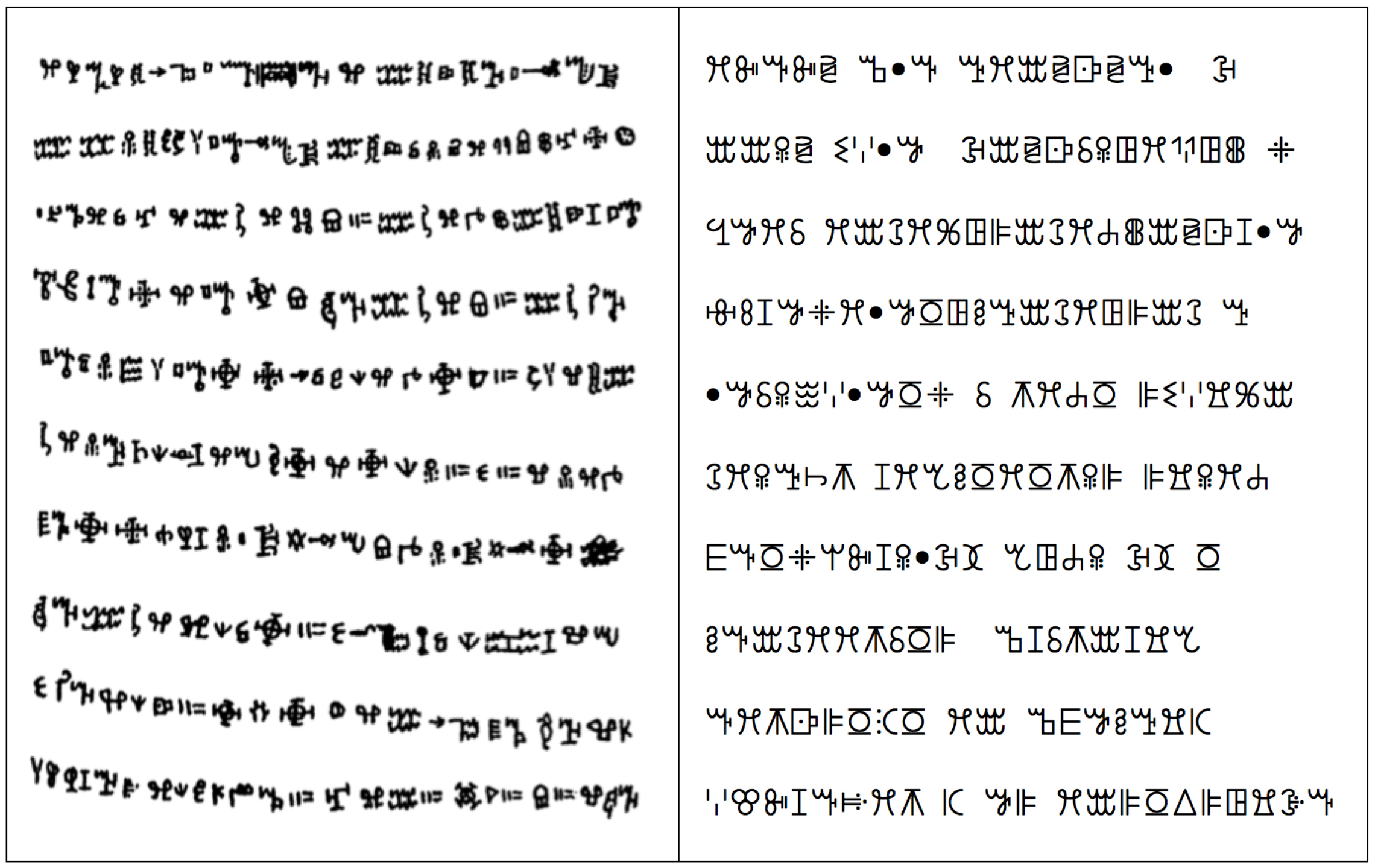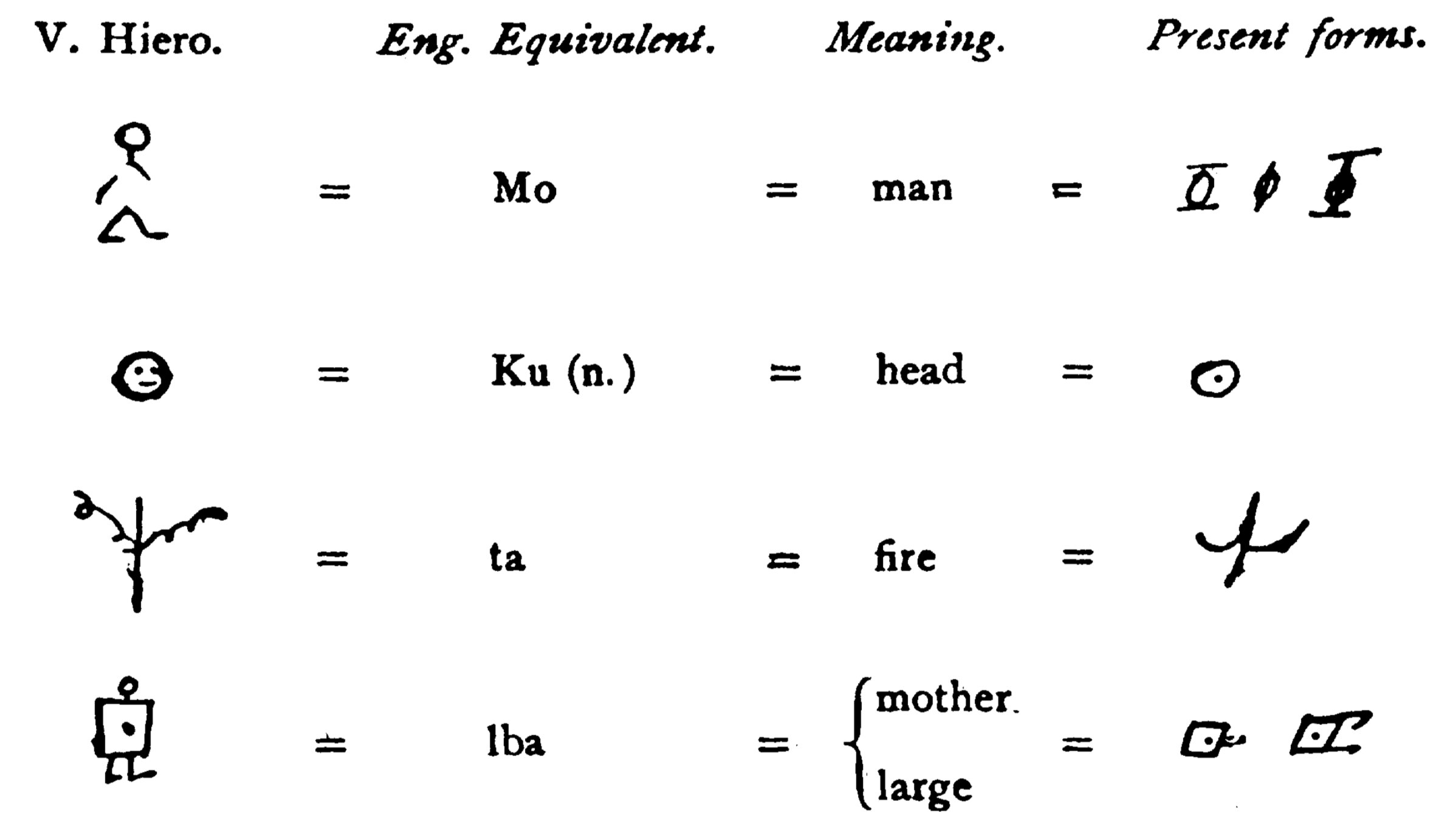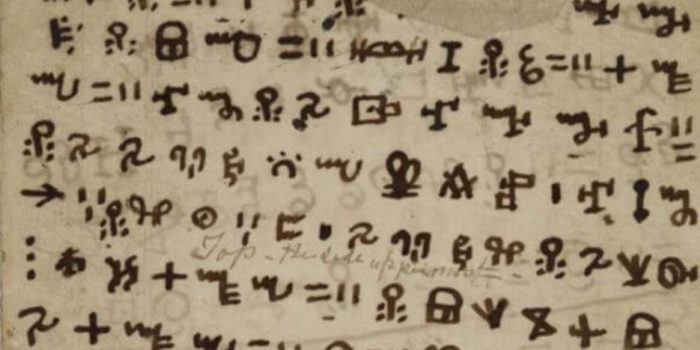A rare script from a language in Liberia has just revealed some useful information about the evolution of writing.
“The Vai script of Liberia was created from scratch in about 1834 by eight completely illiterate men who wrote in ink made from crushed berries,” states the linguistic anthropologist Piers Kelly, now at the University of New England, Australia.
“Because of its isolation, and the way it has continued to develop up until the present day, we thought it might tell us something important about how writing evolves over short spaces of time.”
As of now, it is believed that the writing started 5,000 years ago in the Middle East and ever since then, it has been going under evolution. It became simpler over time.
“There’s a famous hypothesis that letters evolve from pictures to abstract signs,” says Kelly.

For example, “the iconic ox’s head of Egyptian hieroglyphics transformed into the Phoenician [aleph] and eventually the Roman letter A,” the team states in the paper.
“But there are also plenty of abstract letter-shapes in early writing. We predicted, instead, that signs will start off as relatively complex and then become simpler across new generations of writers and readers,” Kelly says.
The eight Vai creators set out to design symbols for each of their language’s syllables, inspired by a dream. Their chosen symbols represented physical things like a pregnant woman, water, and bullets along with more abstract traditional emblems.
It was then taught informally by a literate teacher. This practice is still used today to teach the written language, which is now even used to communicate pandemic health messages.
Kelly and colleagues from the Max Planck Institute analyzed the 200-syllabic alphabet of the Vai people from 1834 onwards using archives across several countries. Below is an animation of what they observed for three of the Vai letters: ? ‘bhi’ , ? ‘tho’, and ? ‘fi’. It has become simpler and more compressed with time.
“Visual complexity is helpful if you’re creating a new writing system. You generate more clues and greater contrasts between signs, which helps illiterate learners. This complexity later gets in the way of efficient reading and reproduction, so it fades away,” states Kelly.

The team noted that the letters also became more uniform with time even though it was not made a language for bureaucratic purposes that usually makes the writings more standardized. For example, Mesopotamia’s writing standardization coincided with the implementation of state-wide systems.
“However the fact that Vai continued to compress over the entire length of the 19th century, at a time when there was little change in writing media, indicates that shifts in writing technology cannot be the full story,” the researchers discuss.
There’s a compromise between simplification and ensuring each symbol remains distinctive, which may be why some scripts hold on to complexity. The researchers are hoping to explore this further.
This research was published in Current Anthropology.


